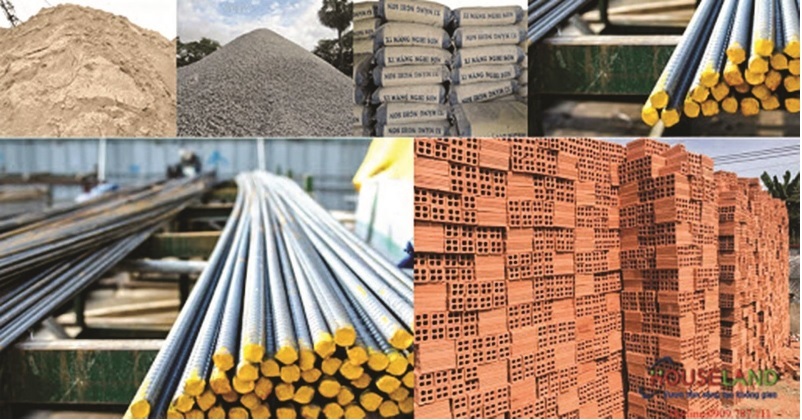According to data from the General Statistics Office, the industrial production index in September increased by 13% over the same period last year, a fairly high increase since the beginning of the year. However, the inventory index in some fields still increased, such as construction materials sector.
Specifically, in the group of housing and construction materials, this group's expenditure in September increased by 0.94% and 4.4% compared to the previous month and the same period in 2021 respectively due to the price of housing maintenance materials and housing rental increased. In addition, the price of housing repairing materials also increased due to the increase in the price of cement, bricks, concrete bricks, roofing sheets, wall paints according to the rise in price of input materials for production.

Since the beginning of the year, the price of housing maintenance materials increased by nearly 8% over the same period last year due to the increase in the price of cement, iron, steel and sand in line with the price of input materials. In which, the group of materials used for construction, cast iron, steel and cement production increased by more than 11% over the same period in 2021.
By the end of September, cement consumption reached about 7.6 million tons, down about 1.26 million tons compared to the August last year and about 15% lower than the same period in 2021. In which, cement production consumption in the domestic market is about 5.4 million tons; cement export volume is estimated at about 2.2 million tons.
The export channel is weak, domestic sales are slow due to high cement prices, leading to a serious oversupply situation like in the North of Viet Nam. Currently, the inventory from the beginning of the year to now is nearly 6 million tons, equivalent to about 25-30 days of production, mainly clinker.
Similarly, with the steel industry, inventories as of June 31 of listed steel companies reached approximately VND 110,000 billion. This is the record level of inventories of the steel industry ever, far exceeding the old peak at the end of the third quarter of last year.
The amount of inventory is too high, forcing steel companies to lower their selling prices to stimulate demand, causing steel prices to drop sharply in recent times.
According to the Vietnam Steel Association, steel consumption in September was nearly 2 million tons, down 7.2% over the previous month and down 10% over the same period last year. As of the end of September, inventories of steel mills stood at 1.6 million tons in the context of weak domestic consumption and exports.
The VietNam Cement Association stated that 2022 is a difficult year for businesses when the output of the building materials market is currently "buried" with the real estate market. Accordingly, not only the stagnant capital flow, the very high interest rate also contributed significantly to the situation becoming more stressful than ever.
On the other hand, the price of gasoline, oil and coal has been continuously adjusted up since the beginning of the year, which has affected production costs and product prices, thereby pushing up the prices of domestic consumer goods, putting pressure on inflation.
(Source: ximang.vn)